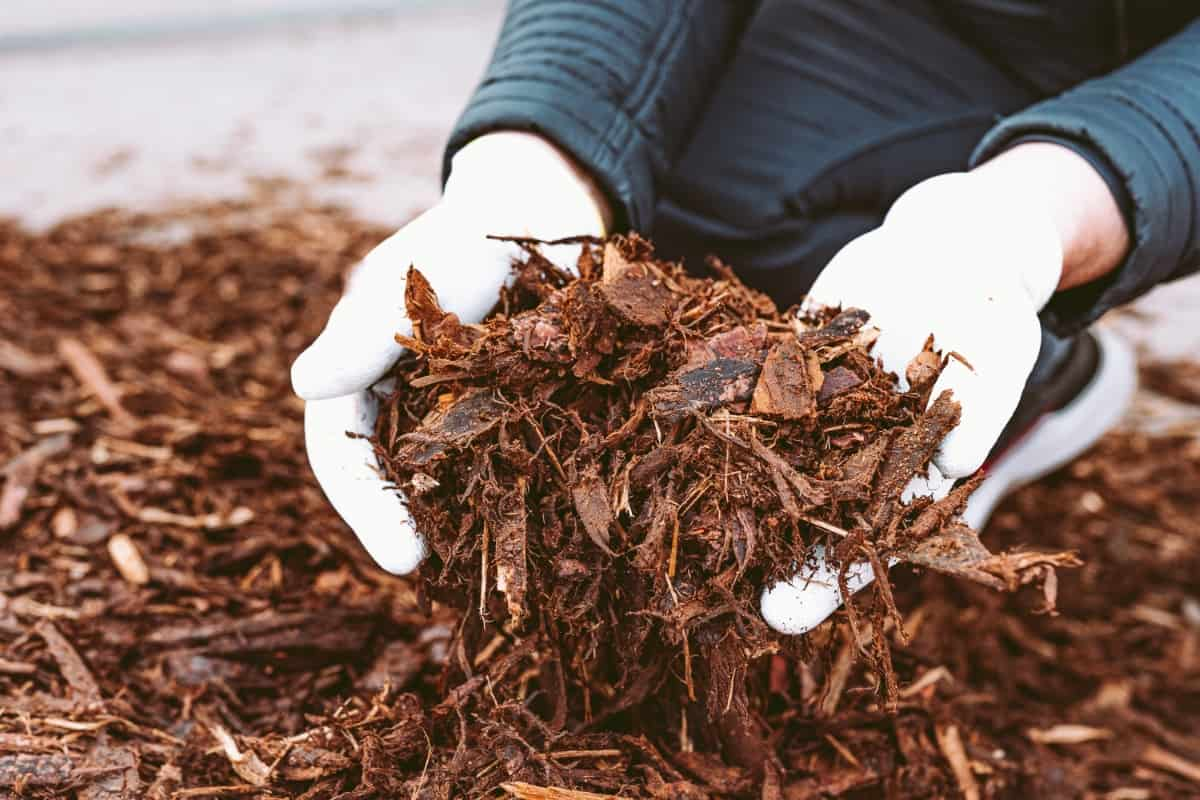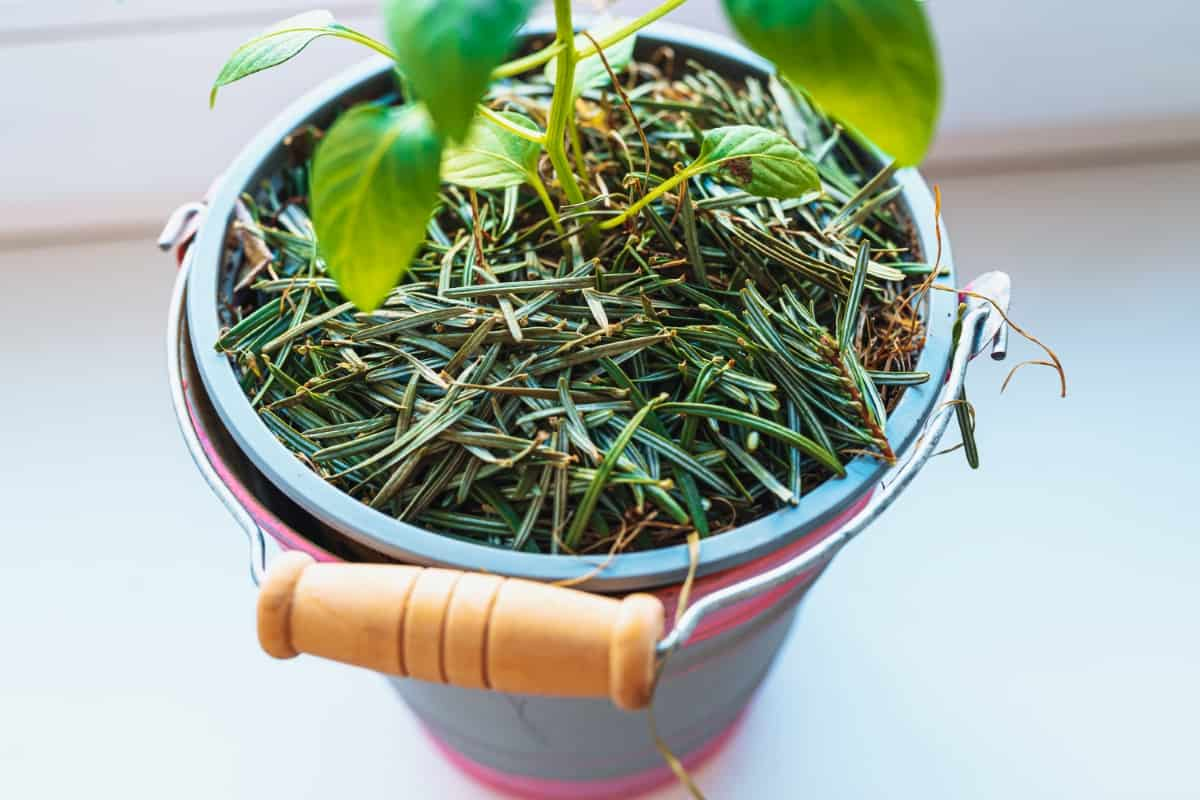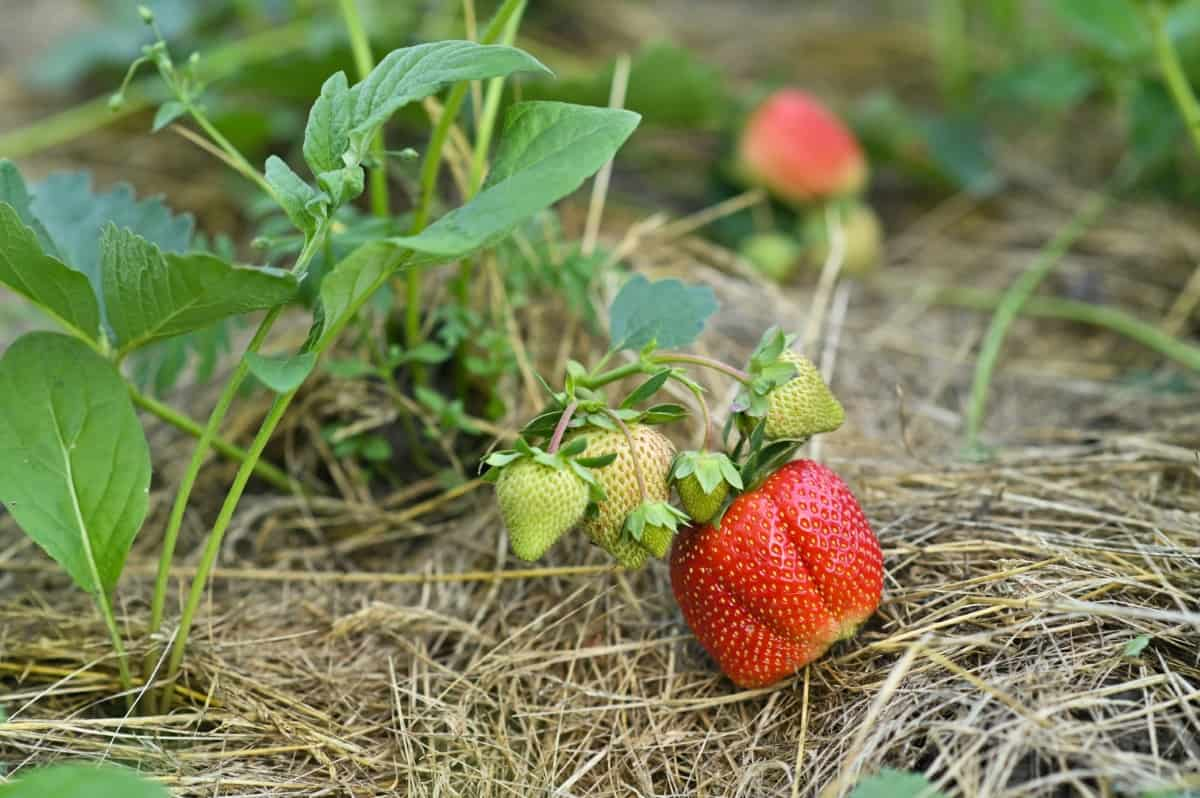How to mulch container plants has become crucial for gardeners seeking to enhance their plant growth and overall health. The advantages of mulching are numerous, including moisture retention, temperature control, and weed suppression. Regarding mulch alternatives for potted plants, gardeners have various options. Understanding the importance of mulching is key to maintaining healthy container plants.

Choosing the best mulch for potted plants depends on plant needs and local climate conditions. There’s a debate on putting mulch in the bottom of potted plants, focusing on drainage and root health. The effects of mulching on plant growth are overwhelmingly positive, making it an essential practice for gardeners.
How to Mulch Container Plants
Importance and Role of Mulching Container Plants
Mulching container plants plays a significant role in their growth and health. It helps regulate soil temperature, keeping it warm during cool seasons and cooler in hot weather. This temperature control is vital for root protection and overall plant health. Mulch also retains moisture in the soil, reducing the need for frequent watering and protecting plants from drought stress. Another key benefit is the suppression of weeds, which compete with plants for nutrients and water. By covering the soil surface, mulch prevents light from reaching weed seeds, thus inhibiting their growth.
Best Suitable Mulch for Container Plants
When choosing the best mulch for potted plants, consider the plant’s specific needs and the local climate. Organic mulches like bark chips, straw, and cocoa hulls are popular. They add a decorative touch and improve soil quality as they decompose. Inorganic mulches like gravel or pebbles are ideal for succulents or plants that prefer drier conditions. They provide good drainage and don’t decompose, making them a long-lasting option.
How to Prepare Container Plants for Mulching
Preparing container plants for mulching is a simple process. Begin by verifying that the plant is in good health and free from any pests or diseases. Clear debris or fallen leaves from the topsoil to prevent rot and fungal growth. Check the soil moisture; it should be damp but not soggy. If necessary, water the plant before applying mulch. This preparation ensures that the mulch works effectively, providing maximum benefits to the plant.
How to Apply Mulch to Container Plants
Select the appropriate mulch for your plant to apply to container plants. Spread a layer of mulch evenly around the plant, covering the soil surface. Be careful not to pile mulch against the stem or leaves of the plant, as this can cause rot. The ideal thickness of the mulch layer is about 2 to 3 inches. This thickness can retain moisture and suppress weeds without hindering air circulation to the roots.
In case you missed it: How to Mulch Vegetable Garden with Straw: From Choosing to Renewing

Best Mulching Techniques for Container Plants: Dos and Don’ts
When mulching container plants, there are several best practices to follow. Do choose a mulch that suits the specific needs of your plant. Do apply mulch evenly, avoiding direct contact with the plant stem. Don’t over-mulch, which can lead to excess moisture and root rot. Please don’t use too fine mulch; it can compact and restrict airflow to the roots. Regularly check and replace or refresh mulch as needed to maintain its effectiveness.
Mulching Frequency for Container Plants: Best Practices
The frequency of mulching container plants depends on the type of mulch and the plant’s growth rate. Generally, organic mulch should be checked and potentially replaced once or twice a year. Over time, organic mulch decomposes, adding nutrients to the soil and reducing its effectiveness in moisture retention and weed suppression. Inorganic mulches may last longer but should be checked for displacement or compaction. Adjusting mulch as needed ensures that it continues to benefit the plant.
Benefits of Organic Mulch for Container Plants
Organic mulch offers several benefits for container plants. It improves soil structure and fertility as it decomposes, adding essential nutrients. This type of mulch also enhances moisture retention, reducing the need for frequent watering. It provides a natural barrier against weeds and helps maintain a stable soil temperature, protecting roots from extreme temperatures. Organic mulch is also environmentally friendly, as it is made from natural, biodegradable materials. Its use contributes to a healthier plant and a more sustainable gardening practice.
Using Inorganic Mulch for Container Plants: Pros and Cons
Inorganic mulch, such as gravel, pebbles, or plastic, is often used for container plants with unique requirements. The pros include its durability and stability; inorganic mulch doesn’t decompose, meaning it doesn’t need to be replaced frequently. This type of mulch is excellent for plants that thrive in well-drained soil, as it prevents water retention.
In case you missed it: Ultimate Guide to Using Straw As Garden Mulch for an Optimistic Organic Future

However, there are cons as well. Inorganic mulches don’t improve soil fertility since they don’t break down. They can also become very hot in sunlight, potentially harming plant roots. In addition, they may not suppress weeds as effectively as organic mulches. Gardeners must weigh these factors to decide if inorganic mulch suits their container plants.
How to Mulch Container Plants in Different Seasons
Mulching container plants requires different approaches depending on the season. In spring and summer, mulch helps retain moisture and suppresses weeds, which are more active during these seasons. A lighter layer of mulch is often sufficient in these warmer months. In the fall, adding a fresh layer of mulch can provide insulation for plant roots, preparing them for cooler temperatures.
During winter, a thicker layer of mulch protects roots from freezing conditions. However, removing or reducing the mulch layer as the weather warms up is important to prevent rot and allow the soil to warm up. Seasonal adjustments in mulching ensure that plants receive the right protection and benefits throughout the year.
Troubleshooting Common Mulching Problems with Container Plants
While mulching is beneficial, it can sometimes lead to problems if not done correctly. One common issue is over-mulching, leading to waterlogged soil and root rot. If a plant shows signs of stress after mulching, check the thickness of the mulch layer and reduce it if necessary. Another issue is using the wrong mulch type, which can adversely affect soil pH or moisture levels. If plants start to decline, consider whether the mulch type is appropriate and replace it if necessary.
In case you missed it: Mulch for Indoor Plants: Benefits and Disadvantages

Additionally, pests can sometimes hide in organic mulch. Regularly inspecting and turning the mulch can help prevent pest infestations. By being vigilant and responsive to these potential problems, gardeners can effectively use mulch to enhance the health and growth of their container plants.
Conclusion
Effectively mulching container plants enhances their growth and health, with each season and plant type requiring a tailored approach to reap the maximum benefits while avoiding common pitfalls. Whether using organic or inorganic mulch, the right strategy can significantly improve the well-being of container plants.
- Feed Your Flock for Less: Top 10 Tips to Save on Chicken Feed
- Ultimate Guide to Ossabaw Island Hog: Breeding, Raising, Diet, and Care
- Hatching Answers: The Top 10 Reasons Your Chickens Aren’t Laying Eggs
- Eggs and Economics: Breaking Down the Cost of Raising Backyard Chickens
- Defend Your Greens: Proven Methods to Keep Iguanas Out of Your Garden
- Ultimate Guide to Cinnamon Queen Chicken: A Comprehensive Guide for Beginners
- Ultimate Guide to California Tan Chicken: Breeding, Raising, Diet, Egg-Production and Care
- Ultimate Guide to Marsh Daisy Chicken: Breeding, Raising, Diet, and Care
- 10 Types of Chicken Farming Businesses You Can Start for Profits